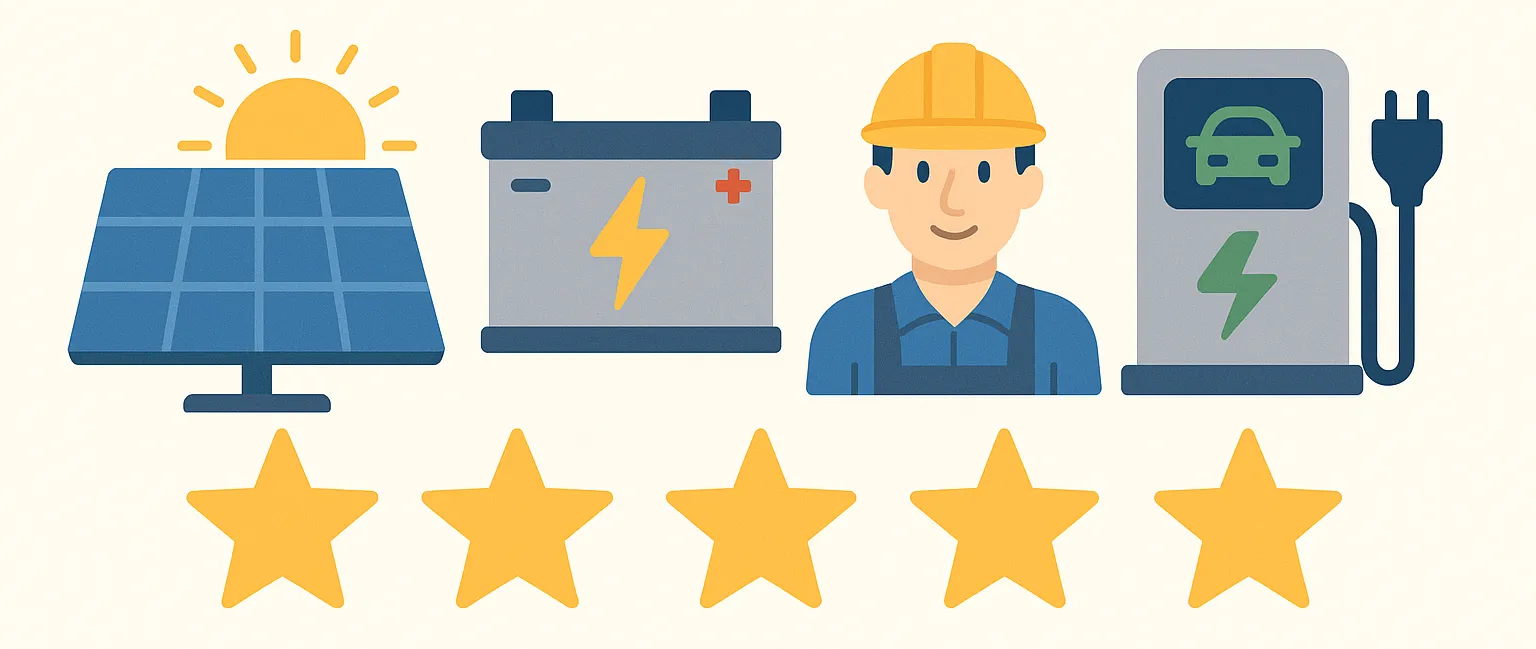RACV Solar has partnered with Holmesglen Institute to deliver an energy solution and training facility worthy of turning out tomorrow’s solar workers.
Solar installers are under the microscope as rooftop PV continues its march across the country. If the work they install is not up to standard, the whole industry risks being cast into the shadows by those politicians who are hostile to all forms of clean energy. Installers everywhere had better take the job seriously.
In Melbourne, Holmesglen TAFE has been turning out qualified solar workers for years from its campuses in Moorabbin and Chadstone. The Victorian government has rewarded that good work with $2.1 million in funding to install just over 800kW of solar and renewable energy technology to power the college and be used for training in its three PV and storage courses.
When it’s all finished, the various parts of the installation will add up to a clean energy plant like no other. One of the arrays has dozens of different brands of solar module connected to Enphase monitoring so students can learn about the varying performance of different panels. In a solar and battery training classroom, students will work on a tilted and tiled false roof to learn “professional development in terms of installation and standards”, as McCarthy puts it.
Training the trainers
RACV wrote the curriculum and training component used at Holmesglen, McCarthy says, “so we are actually training the trainers to run these classes to get more solar- and battery-accredited installers”. The Working Safely in Solar course has produced about 600 graduates so far, he says. Best news of all for students is that RACV Solar has employed two graduates as apprentices, and McCarthy tells EcoGeneration he hopes to find more talent among graduates over the next few years.
Other than the gear used for training in the classrooms, all the systems will be generating electricity. The TAFE is an energy-hungry organisation, so solar generated on weekends or holidays will be put to good use. “The consumption at Holmesglen is significant, even the minimum demand,” McCarthy says. “It will almost all be absorbed within the building, but they are allowed to export and there is no export limit. The infrastructure around those campuses is very good.” Exports are estimated at 1-2%.
In the shade
The project also includes about 130kW of solar topping a car park at Moorabbin, along with EV chargers, not yet complete. The car port structure will be used as a functioning case study, where students get to grips with the civil engineering aspects of a PV plant that doubles as a piece of architecture, complete with guttering and channelling. Solar car parks are pretty straight-forward, McCarthy says. “The rooftop component is much more interesting for the students.”
Besides serving as an example of how to weave solar into the everyday urban environment, the car park array was necessary because there simply wasn’t enough roof space at the facility to host 800kW of solar.
We need more installers
“Despite everyone’s best intentions, 95% of the energy in this industry has gone towards creating more demand for solar and not enough has gone to creating good supply of good trades-skilled people – administrators, engineers, the whole supply chain,” McCarthy says.
The opportunity to install more than $2 million of solar for Holmesglen, then, is seen as a chance for tomorrow’s installers to learn about the job while using the best equipment. “Let’s take this opportunity to also build a training module and a classroom and start to get hundreds of people coming through that facility so they are ready to hit the road installing solar and battery storage.”
Training organisations around Australia that offer solar and storage courses are doing a great job, McCarthy reckons. If anything, there may be a shortage of teachers. “It’s a very niche market to find someone who is up-to-date with the current industry standards and products and services,” he says. “Many of them work in the industry, so they don’t have much time for training and teaching.”
Installers are in hot demand, especially those qualified to install battery storage. That had better change fast because storage inquiries are ramping up. “Two years ago, 2% of our solar installations had a battery,” McCarthy says. “Our current pipeline [of jobs with a battery] is 36%. We’ve seen an exponential rise in demand for batteries and now we’re trying to play catch up to accredit people to install them.”
About a third of RACV installers have battery accreditation, he says. The ones who are next in line for it have trouble finding the time in their work schedules.
Holmesglen’s three programs – working safely in the solar industry, design and install grid-connect PV systems and grid-connected PV with battery storage – are taught at the Renewable Energy Centre for Excellence at Moorabbin.
RACV Solar - solar.racv.com.au
RACV Solar Customer Reviews - solarquotes.com.au/installer-review/racv
News item provided courtesy of Ecogeneration - www.ecogeneration.com.au
